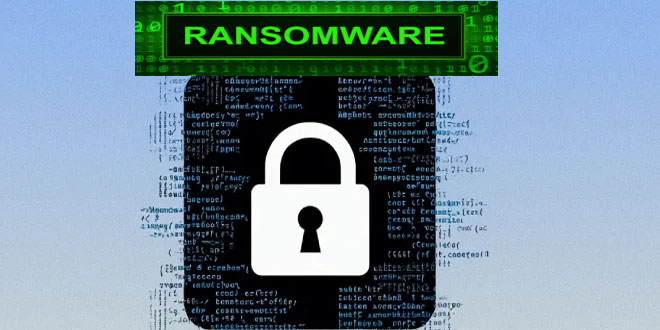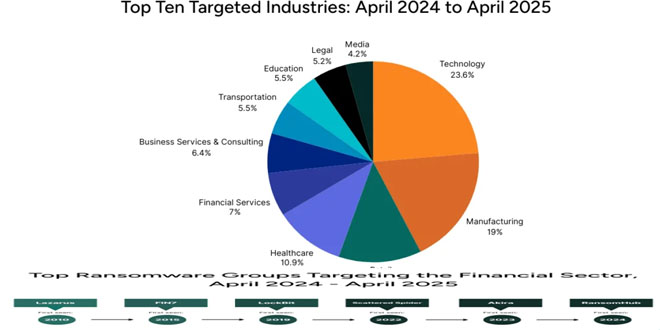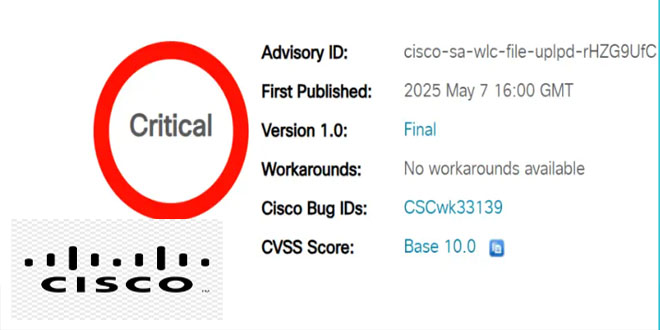Cisco recently detected a zero-day vulnerability in its Adaptive Security Appliance (ASA) and Firepower Threat Defense (FTD) software. This vulnerability has been targeted by Akira ransomware attacks since August. The vulnerability, known as CVE-2023-20269, has a CVSS score of 5.0 and is of medium severity. It affects the remote access VPN feature of Cisco ASA and FTD. The vulnerability can be exploited remotely without authentication through brute force attacks.
ALSO READ:
By infosecbulletin
/ Friday , May 9 2025
Microsoft has fixed critical vulnerabilities in its core cloud services, including Azure Automation, Azure Storage, Azure DevOps, and Microsoft Power...
Read More
By infosecbulletin
/ Thursday , May 8 2025
The cyber threat landscape is rapidly changing, with a notable increase in ransomware activity in April 2025, driven by the...
Read More
By infosecbulletin
/ Thursday , May 8 2025
SonicWall has released patches for three security flaws in SMA 100 Secure Mobile Access appliances that could allow remote code...
Read More
By infosecbulletin
/ Thursday , May 8 2025
From April 2024 to April 2025, Flashpoint analysts noted that the financial sector was a major target for threat actors,...
Read More
By infosecbulletin
/ Thursday , May 8 2025
Cisco has issued a security advisory for a critical vulnerability in its IOS XE Software for Wireless LAN Controllers (WLCs)....
Read More
By infosecbulletin
/ Wednesday , May 7 2025
Attackers linked to the Play ransomware operation deployed a zero-day privilege escalation exploit during an attempted attack against an organization...
Read More
By infosecbulletin
/ Wednesday , May 7 2025
Hackers are exploiting an unauthenticated remote code execution vulnerability in the Samsung MagicINFO 9 Server to take control of devices...
Read More
By infosecbulletin
/ Tuesday , May 6 2025
CISA added the Langflow vulnerability, CVE-2025-3248 (CVSS score 9.8), to its Known Exploited Vulnerabilities catalog. Langflow is a popular tool...
Read More
By infosecbulletin
/ Tuesday , May 6 2025
Google has released its monthly Android security updates, addressing 46 vulnerabilities, including one that has been actively exploited. CVE-2025-27363 (CVSS...
Read More
By infosecbulletin
/ Tuesday , May 6 2025
The Cyber Security Club, representing the Department of Computer Science and Engineering at the University of Asia Pacific (UAP), has...
Read More
Hacker group again threat attack Bangladesh 19 September: CIRT Alert
CISCO has published an advisory regarding the issue. CISCO said, the vulnerability in the remote access VPN feature of Cisco Adaptive Security Appliance (ASA) Software and Cisco Firepower Threat Defense (FTD) Software could allow an unauthenticated, remote attacker to conduct a brute force attack in an attempt to identify valid username and password combinations or an authenticated, remote attacker to establish a clientless SSL VPN session with an unauthorized user.
This vulnerability is due to improper separation of authentication, authorization, and accounting (AAA) between the remote access VPN feature and the HTTPS management and site-to-site VPN features. An attacker could exploit this vulnerability by specifying a default connection profile/tunnel group while conducting a brute force attack or while establishing a clientless SSL VPN session using valid credentials. A successful exploit could allow the attacker to achieve one or both of the following:
Identify valid credentials that could then be used to establish an unauthorized remote access VPN session.
Establish a clientless SSL VPN session (only when running Cisco ASA Software Release 9.16 or earlier).
Click here to read the advisory published by CISCO.
Source: Bleeping computer, CISCO
 InfoSecBulletin Cybersecurity for mankind
InfoSecBulletin Cybersecurity for mankind















